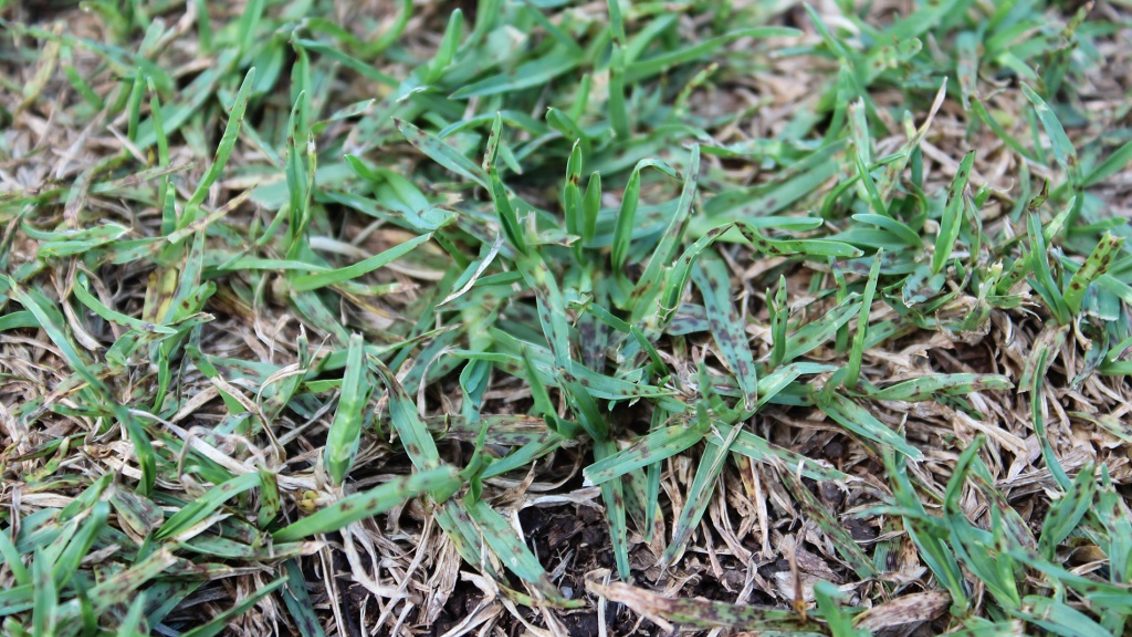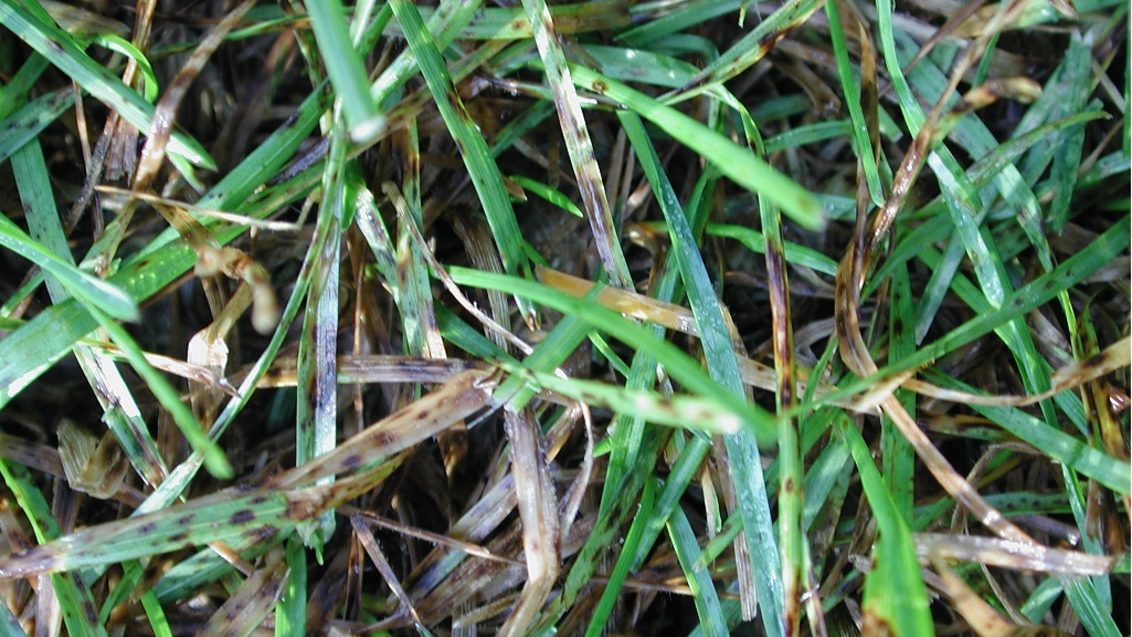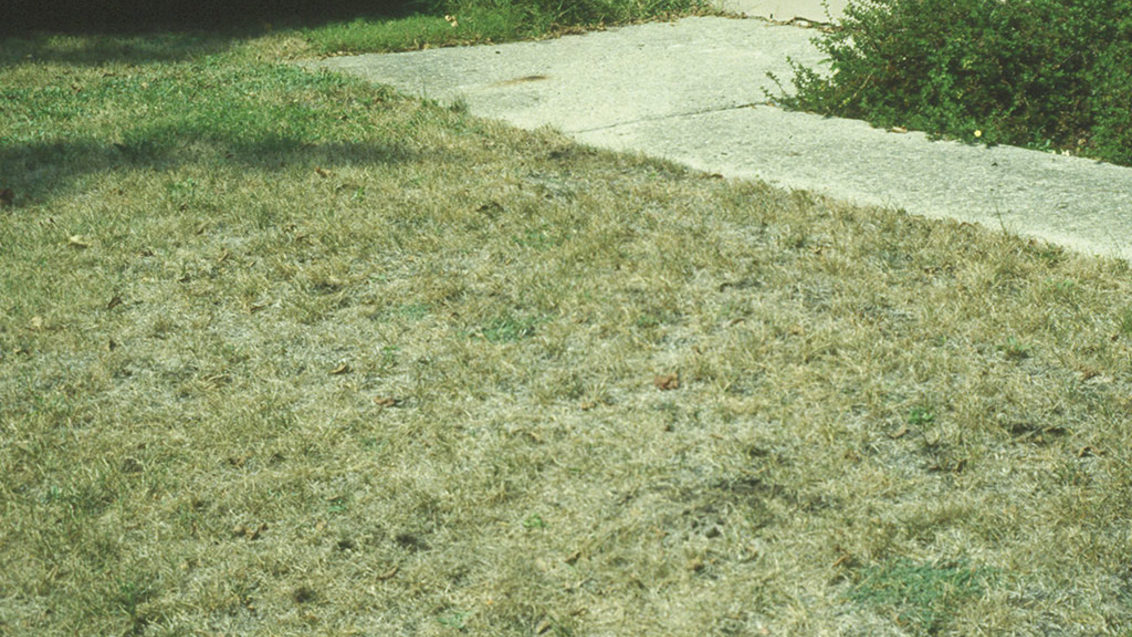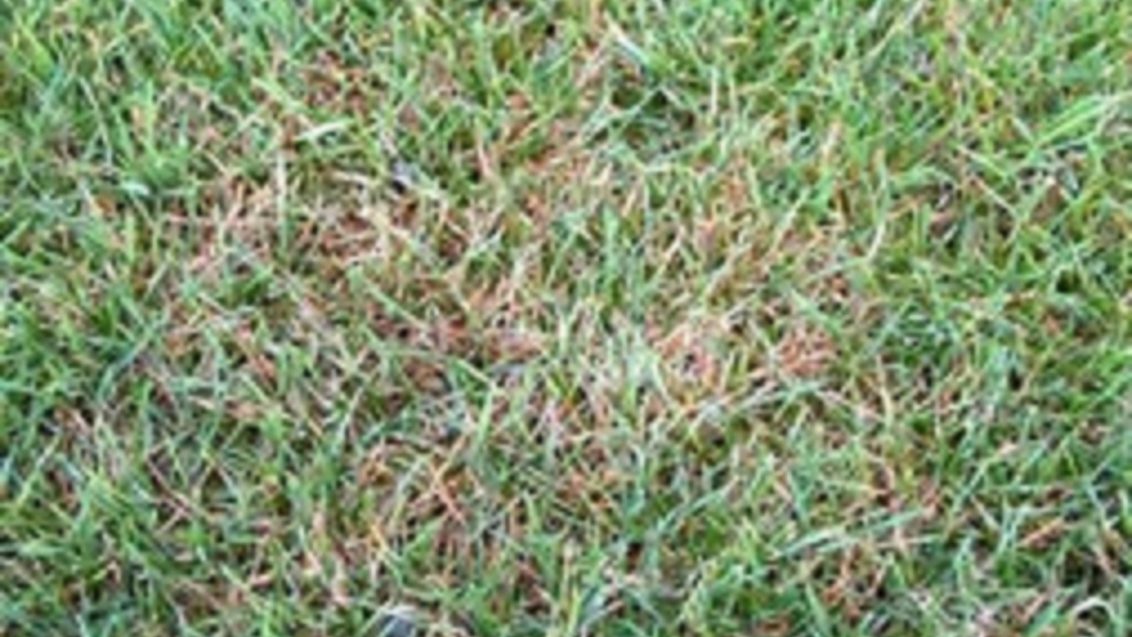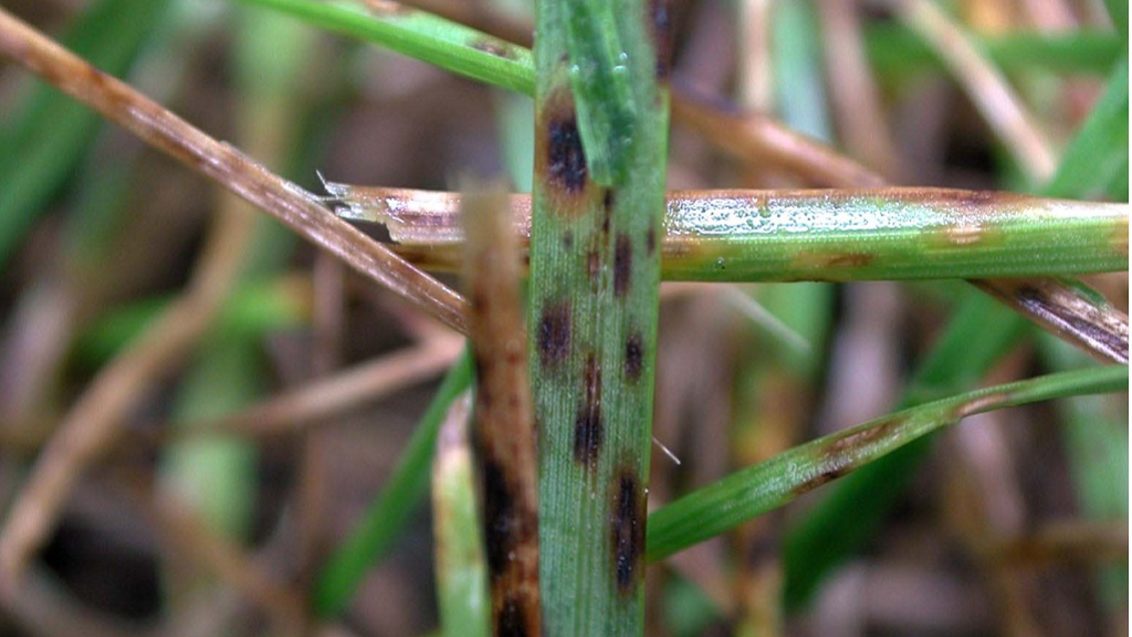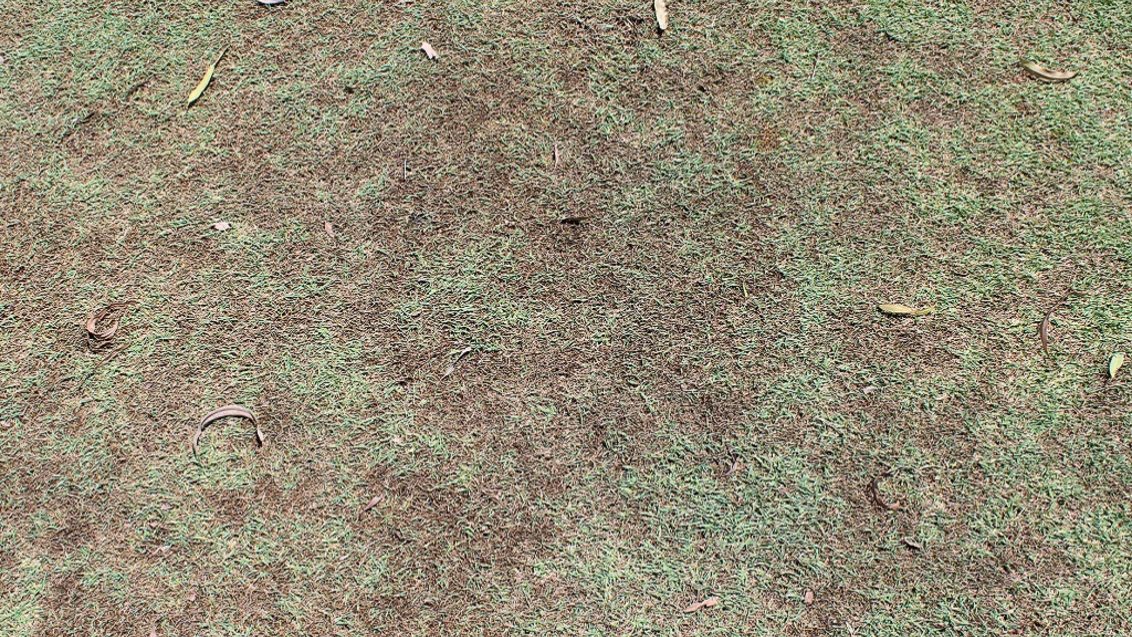Curvularia Leaf Spot
Turf Disease
Symptoms depend on the grass species and the pathogen involved. Generally a yellowing or paling of the leaf blades may occur, accompanied with spots or lesions developing. Lesions may girdle the leaf and the portion above the girdle withers. The sward may thin or look drought stressed.
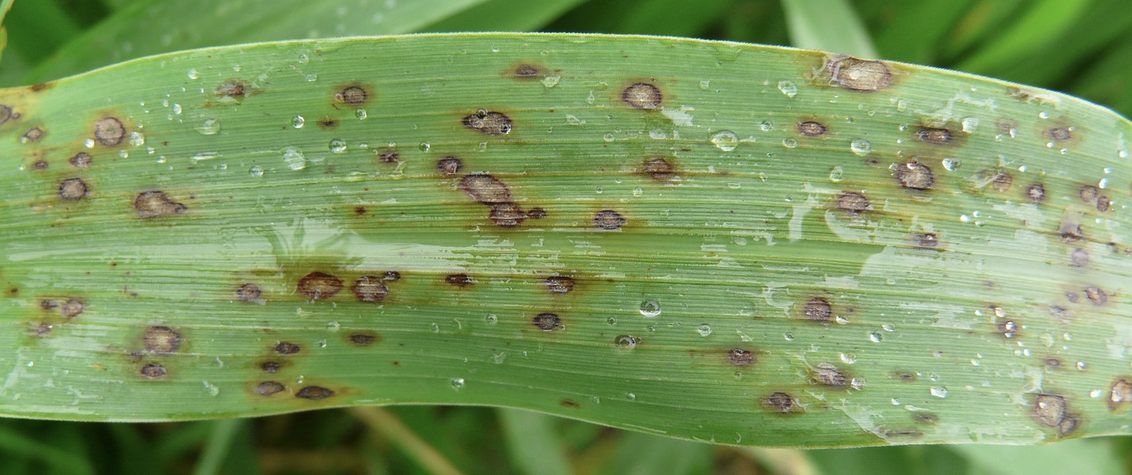
Caused by: Bipolaris sorokiniana (Sacc.) Shoemaker, Curvularia spp., Dreschlera spp.
Any area of turf, especially golf greens, tees, fairways, bowling greens, lawns, parks and sports pitches.
All grass species can be affected by Leaf Spots.
When is Leaf Spot likely to attack turf?
During the summer months, when the temperatures are high. Humid conditions encourage outbreaks.
Effects of Leaf Spot
Minor infection may result in lesions on leaves but no other effects.
Severe infection may thin the sward, cause dieback and leave patches with weak turf, affecting the aesthetic value and the playability of the turf.
IPM: The removal of excess thatch and use of a higher mowing height can reduce occurrence of disease.
Fungicidal control: Trials in the USA have shown that Heritage Maxx exhibits control of bipolaris sorokiniana, Curvularia spp. and Dreschleraspp.
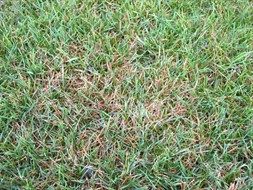
Dreschlera siccans on perennial ryegrass
High Risk Situations
- Leaf spots occur in mild and warm temperatures (around 20ºC). As the temperature increases (25 - 35ºC) blighting and melting out occurs.
- High fertility.
- Moist conditions.
- Cutting heights lower than recommended for the grass species.
- Excessive thatch layers.

